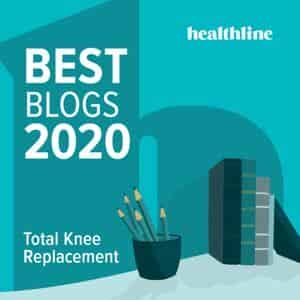A cane or hiking poles, whatever you like better, might help the limp. You probably don’t need anything at home, I did find using it in the house was a hassle, I never knew what to do with it when I needed 2 hand for something! I preferred my walker, it stood up all by itself when I didn’t need it!
I used my cane for quite a while, when I wasn’t home, as I had a lot of trouble regaining my balance. (I never had balance issues before surgery) It was probably three or four months when one of my good friends asked me when I was going to get rid of it. I admit I fell to peer pressure and stopped using it, and I did ok, so maybe I was more ready than I thought. It just made me feel very secure. If I have to do this again, I’m going to buy a pretty one, and then if I don’t want to give it up, I can just say it’s because it‘s too pretty!
I used my cane for quite a while, when I wasn’t home, as I had a lot of trouble regaining my balance. (I never had balance issues before surgery) It was probably three or four months when one of my good friends asked me when I was going to get rid of it. I admit I fell to peer pressure and stopped using it, and I did ok, so maybe I was more ready than I thought. It just made me feel very secure. If I have to do this again, I’m going to buy a pretty one, and then if I don’t want to give it up, I can just say it’s because it‘s too pretty!




 United States
United States

 “
“ “
“
 That was it for me. It took 3 days to recover from that session, I googled stopping ”therapy” and found Bonesmart, and learned about the common sense of gentle rehab approach, something I’d never heard of before. After that I moved my knee gently and took short walks and did my daily activities.
That was it for me. It took 3 days to recover from that session, I googled stopping ”therapy” and found Bonesmart, and learned about the common sense of gentle rehab approach, something I’d never heard of before. After that I moved my knee gently and took short walks and did my daily activities.

